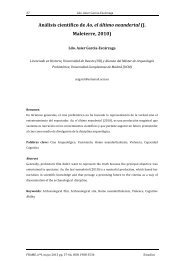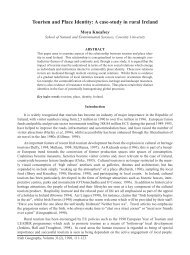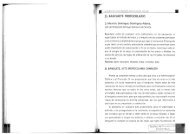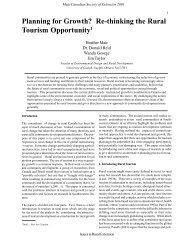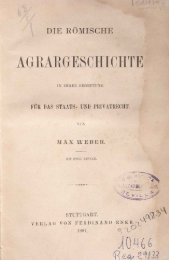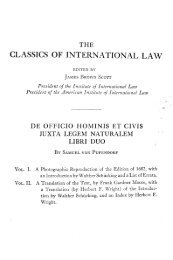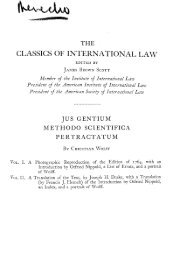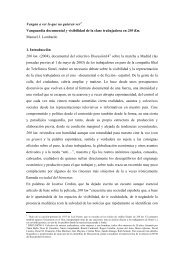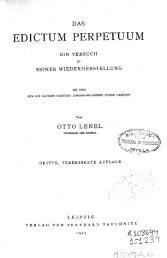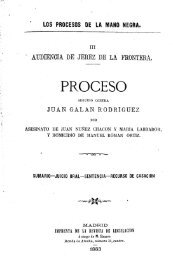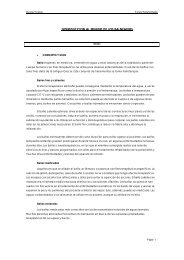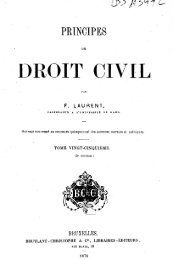Measuring Sustainable Tourism Development in Remote Rural ...
Measuring Sustainable Tourism Development in Remote Rural ...
Measuring Sustainable Tourism Development in Remote Rural ...
You also want an ePaper? Increase the reach of your titles
YUMPU automatically turns print PDFs into web optimized ePapers that Google loves.
Unfortunately, <strong>in</strong> remote areas, many, if not most, local public officials and community<br />
leaders are part time and/or volunteers with limited experience or knowledge of<br />
recently enacted economic development or growth management practices. The lack of<br />
experience and time to become acqua<strong>in</strong>ted with such practices often means that<br />
relatively little community development plann<strong>in</strong>g occurs (Walzer and Deller, 1996: 9-<br />
10). This factor may lead to little plann<strong>in</strong>g and development, or just pla<strong>in</strong> bad plann<strong>in</strong>g.<br />
The peripheral location of many rural areas and their poor external communications<br />
make them relatively unattractive to many employers and firms outside these areas<br />
(Shaw, 1979). Local development efforts cont<strong>in</strong>ue to help rural communities assess<br />
tourism as a potential economic development strategy. The basic question should be<br />
how to develop tourism appropriate to the needs of each locality or region (Bramwell et<br />
al, 1996). How can local <strong>in</strong>terests and needs be satisfied by the <strong>in</strong>crease of <strong>in</strong>creased<br />
tourism <strong>in</strong> the community? Assess<strong>in</strong>g the potential for tourism development <strong>in</strong><br />
peripheral areas is complicated. It is not simply a question of match<strong>in</strong>g what the<br />
tourists want with what communities can provide, but critically it depends <strong>in</strong> large<br />
measure upon local acceptability. The complex social problems <strong>in</strong> rural areas make it<br />
necessary for development to <strong>in</strong>volve measures that improve, above all, the human<br />
condition and the quality of life of its residents, guided by the pr<strong>in</strong>ciples of equity and<br />
justice.<br />
The core issue for understand<strong>in</strong>g the community-tourism relationship centres on how<br />
community members communicate and <strong>in</strong>teract, how they are <strong>in</strong>fluenced <strong>in</strong> their<br />
op<strong>in</strong>ions and how this dynamic process of <strong>in</strong>fluence might be successfully managed for<br />
susta<strong>in</strong>able tourism enterprises (Pearce et al, 1996: 228). The failure of local officials<br />
and residents to comprehend both the positive and negative impacts of tourism to the<br />
local economy and community severely <strong>in</strong>hibits progress (Long, 1991; McLaugl<strong>in</strong> et al,<br />
1991; and Murphy, 1985). As the number of visitors to a region <strong>in</strong>creases, residents<br />
who at first were overwhelm<strong>in</strong>gly positive <strong>in</strong> their attitudes to their guests develop<br />
<strong>in</strong>creas<strong>in</strong>g reservations concern<strong>in</strong>g the long-term benefits of the visitors. This may be<br />
because the orig<strong>in</strong>al expectations of the benefits of tourism were unrealistic (and so are<br />
<strong>in</strong>capable of be<strong>in</strong>g fulfilled) or because the benefits are perceived to accrue only to a<br />
small number of people.<br />
Alternatively, although expectations of the benefits are realised, the environmental or<br />
social costs were <strong>in</strong>itially overlooked, or excessively discounted, so that the local<br />
residents come to doubt whether their visitors are an unqualified bless<strong>in</strong>g (Akis,<br />
Peristianis and Warner, 1996: 481). Pizam (1978) has attempted to determ<strong>in</strong>e<br />
empirically the existence of negative impacts of tourism with the hypothesis that heavy<br />
tourism concentration on a dest<strong>in</strong>ation area leads to negative resident attitudes toward<br />
tourists and tourism <strong>in</strong> general. His study seems to confirm the hypothesised<br />
relationship between an <strong>in</strong>dividual’s economic dependency on tourism and one’s<br />
overall attitude towards tourism. It was found that the more dependent a person was<br />
on tourism as a means of livelihood, the more positive was that person’s overall<br />
attitude toward tourism <strong>in</strong> the study area. People are cont<strong>in</strong>ually assess<strong>in</strong>g their<br />
situation and surround<strong>in</strong>gs. For effective community-based <strong>in</strong>dicators we need to<br />
translate the th<strong>in</strong>gs people want to measure <strong>in</strong>to a manageable form. The purpose of<br />
measurement is to make values more precise, to compare and evaluate one th<strong>in</strong>g<br />
aga<strong>in</strong>st another (Lee-Smith, 1997)



